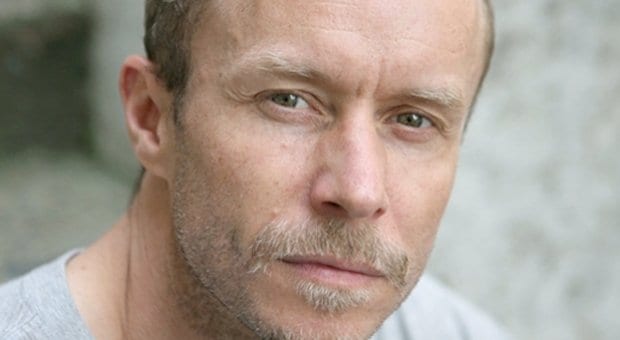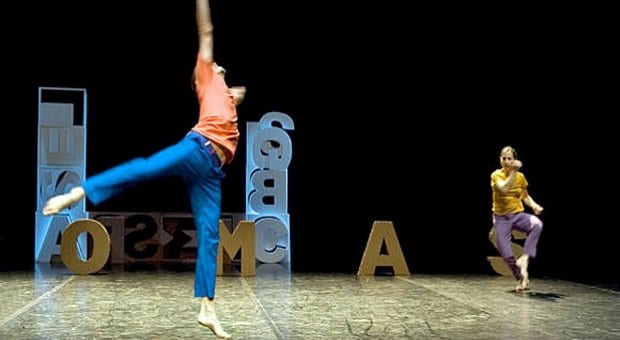
Thomas Hauert. Credit: Xtra file photo
Choreography is typically a very precise art form. Even the smallest gestures dancers make on stage are tested, discussed and then set in stone. But for Thomas Hauert, leaving things to chance is far more interesting.
“I’m interested in more subtle things than what the conscious mind can command,” the Brussels-based dance artist says. “When you’re repeating the same movement sequences over and over, there’s a process of reducing things, making them as simple as possible for yourself. The body is so infinitely complex, and I’m more interested in what a group of people can achieve together in the moment, rather than what I can plan in advance.
“It takes a lot of discipline and good will on the part of the dancers to make it work,” he adds. “They have to keep challenging themselves to create the thing together. But ultimately, I think it’s the most rewarding way of working.”
Hauert has created a series of structures and rules this company of five dancers work within as they create the piece together. Although improvisation can sometimes mean total autonomy for the dancer with nothing pre-planned, in this case the structure is necessary to ensure the piece stays new each time.
“The body stores certain movement patterns to manoeuvre through the world so you don’t have to command things each time you do them,” Hauert says. “The more you repeat things like playing the piano or driving a car, the easier they become. With dance training, those patterns get very much built up, and so we have to constantly challenge ourselves in new ways, otherwise we’ll just keep performing the same stored memories each time.
“I think the result is something that’s very easy to connect with because it’s meant to trigger the audience on a visceral level,” he adds. “It’s not a piece you can watch with only your analytical mind, because you’ll miss the whole point. But that’s often easier in a way than sitting back and trying to analyze everything that’s happening.”
The project is a shift for Hauert, who works mostly with his own company.
“I’ve been working with some of the same people for 15 years, so it’s exciting to be with a completely new group,” he says. “I’m usually in my own shows, so it’s also a totally different perspective being on the outside watching.”
Presented as part of the Brussels/Toronto Project, the piece is intended as a challenge for both dancers and audiences. It is part of a program initiated by artistic director Christopher House that invites European choreographers to work with the company (previous incarnations brought artists from Paris and Berlin). The project seeks to stimulate Toronto’s dance culture with fresh perspectives.
“They try to bring in people who have really different approaches to movement,” Hauert says. “Performance is a very local medium, so the culture in each city evolves in a certain way. You need fresh blood and new ideas to challenge audiences and really pull people out of their comfort zone.”
Toronto Dance Theatre presents Brussels/Toronto Project
Thurs, April 18–Sun, April 21
Winchester Street Theatre
80 Winchester St
tdt.org/brussels


 Why you can trust Xtra
Why you can trust Xtra


